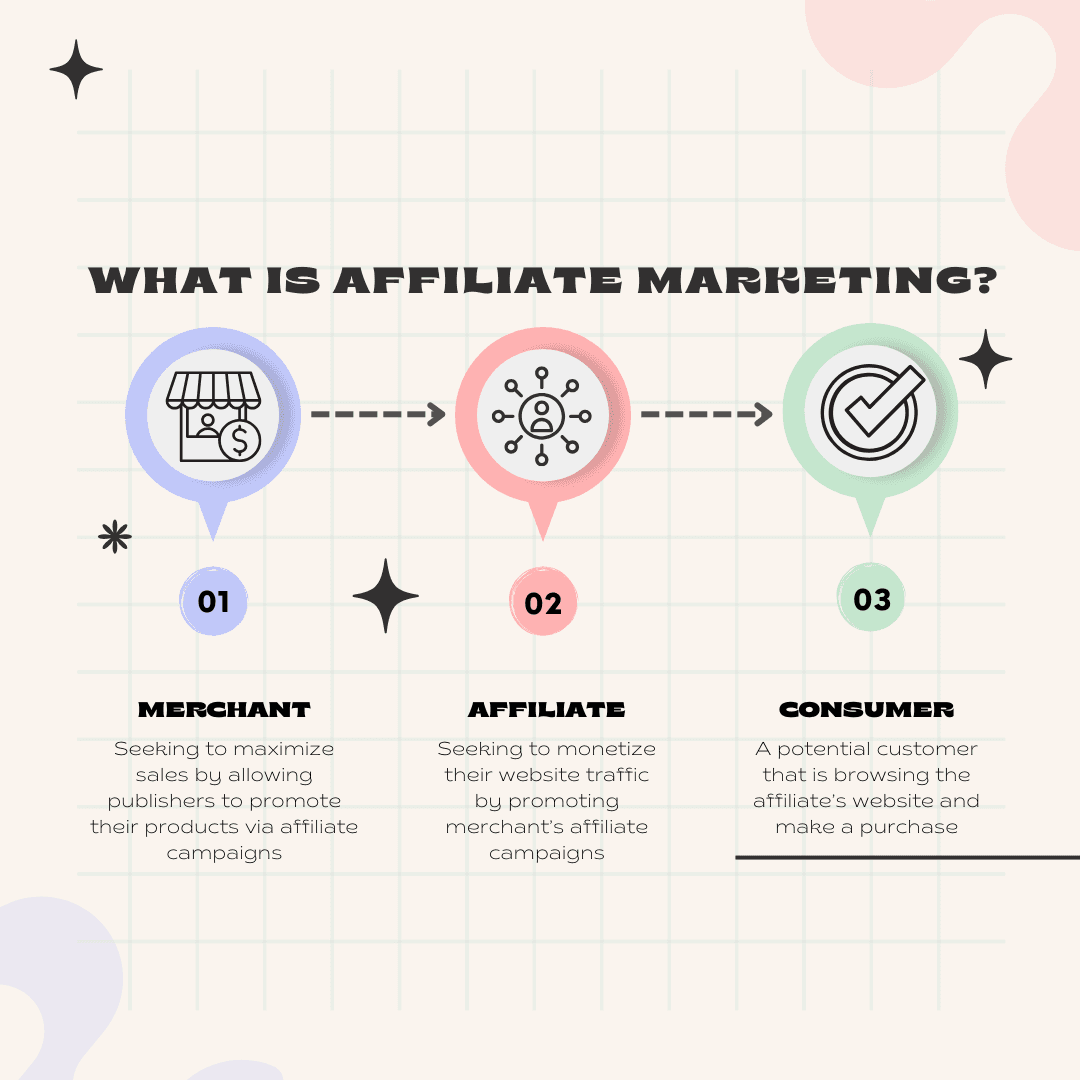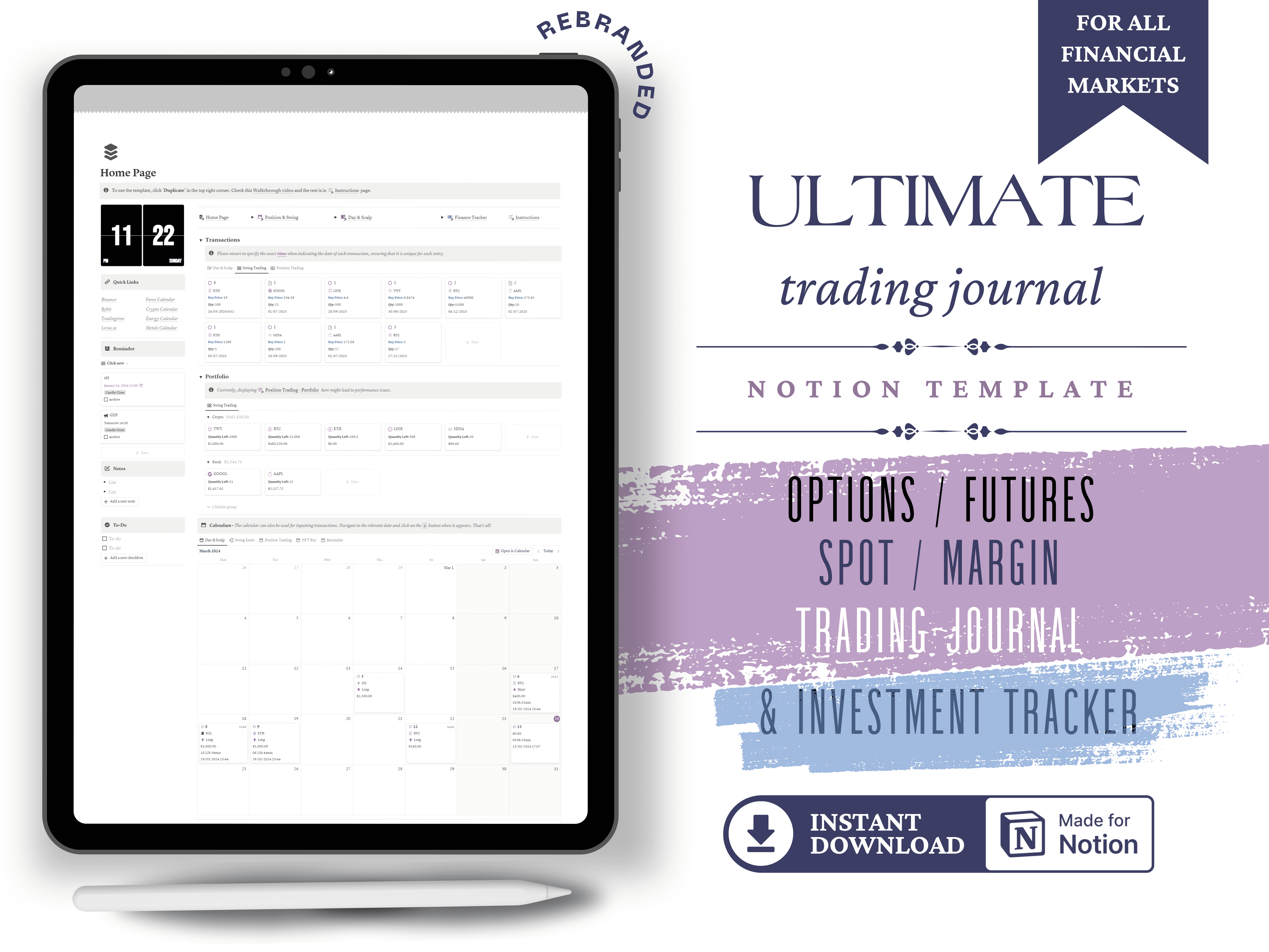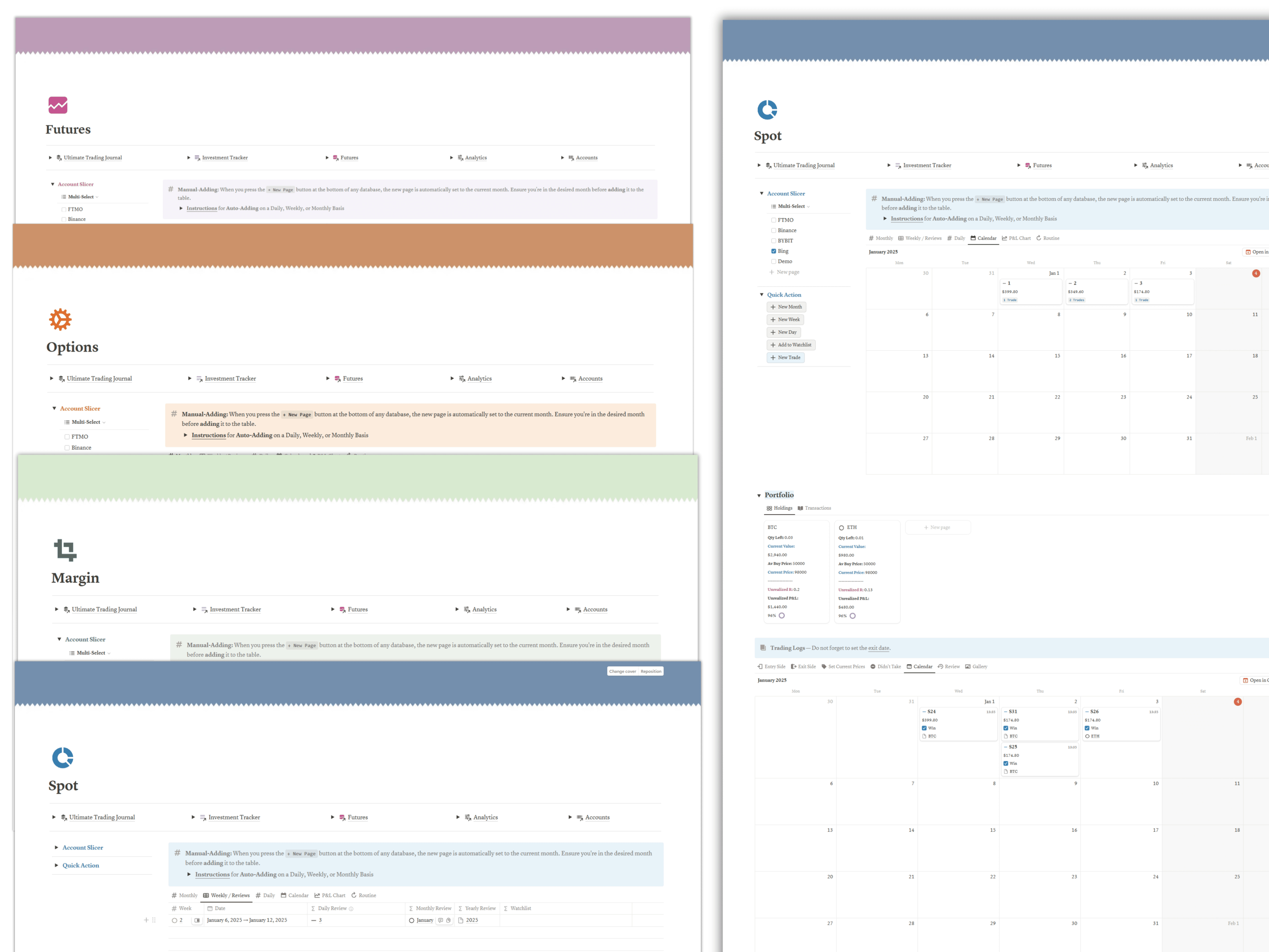Notion Template Modification
Welcome to our custom template modification service!
If you've purchased one of our Notion templates and need tweaks or additions, we're here to help.
Our process is simple: just invite us to your template via email and tell us what you need. We'll discuss the details, agree on the cost, and get to work once payment is confirmed. Expect prompt communication, expert customization, and a personalized touch to enhance your Notion experience.
Let's tailor your template to fit your needs perfectly. Contact us today to get started!
About this Service
With two pricing options available - Standard and Professional modification - the possibilities for refinement are limitless. Before diving into the purchasing process, we invite you to contact us. This initial discussion allows us to delve into the specifics of your requirements and fine-tune the pricing accordingly. Whether you're seeking basic functionalities or intricate features, we're here to cater to your unique vision.
Steps:
Requirement Gathering:
This phase involves understanding the specific requirements and preferences of traders who will use the journal template.
It includes identifying the types of assets they trade (stocks, forex, cryptocurrencies, etc.), trading strategies, unique trading styles they have, desired analytics, and any additional features they may need.
In order to identify these, a Notion Template Questionnaire will be implemented at the beginning.
Template Development:
With the survey finalized, the development of the template begins.
This involves creating the template using Notion.
The template needs to be dynamic, allowing traders to input their data easily and providing automated calculations and analysis wherever possible.
So, in order to provide this, advanced Notion database formulas and relations across databases will be utilized.
Design and Layout Planning:
Once the requirements are clear and all functions are set, the next step is to design the layout of the trading journal template.
This phase involves deciding on the structure of the journal, including the arrangement of sections such as trade entry, trade exit, risk management, performance analysis, etc.
The design should prioritize ease of use, clarity, and the ability to capture all necessary data effectively.
To accomplish this goal, the layout structure of 'database templates' are tailored to the customer's unique trading style and strategies.
Additionally, adaptive & customizable tabs are implemented with advanced filtering options to streamline trading activities.
We will leverage the unique slicer/filtering features on analytics to align with the customer's preferences, enabling detailed analysis such as monthly comparisons across included metrics.
Testing and Iteration:
Once the initial template is developed, it undergoes rigorous testing to ensure its functionality and usability.
Testers, who may include traders themselves provide feedback on areas for improvement.
Based on this feedback, iterations are made to refine the template until it meets the desired standards.
Customization Options:
Depending on the service offered, customization options may be provided to allow traders to tailor the template to their specific needs further.
This could include options to add or remove certain sections, customize formulas or analytics, or incorporate personal branding elements.
Documentation and Support:
In addition to instructive callouts, directive icons, and nested descriptions on tabs and properties, comprehensive documentation, which may also include video walkthrough of the template is created to guide users on how to use the trading journal template effectively.
Additionally, customer support channels are established to address any queries or issues users may encounter while using the template.
Feedback Collection and Continuous Improvement:
After the launch, feedback from user is collected for the last time to identify areas for improvement.
Updates and enhancements are made to the template based on this feedback to ensure that it remains relevant and valuable to the trader over time.








